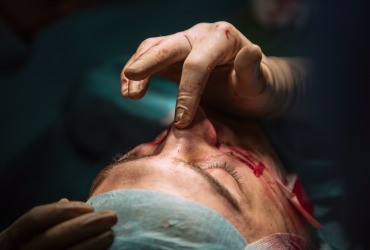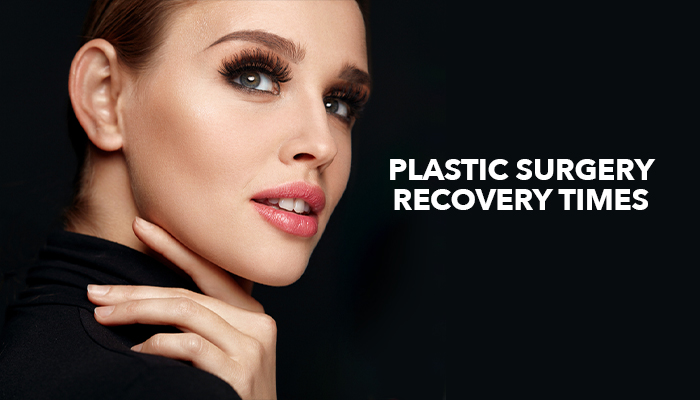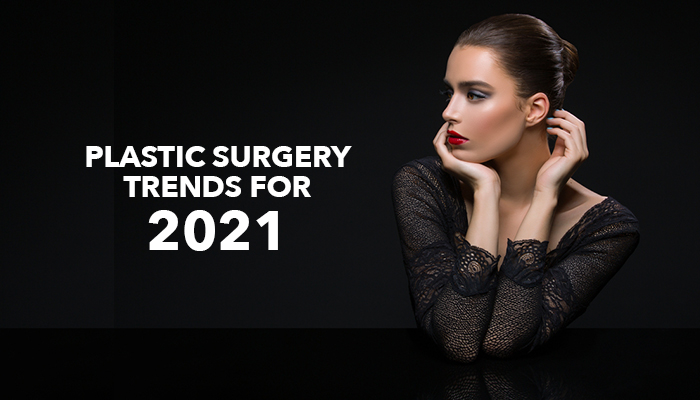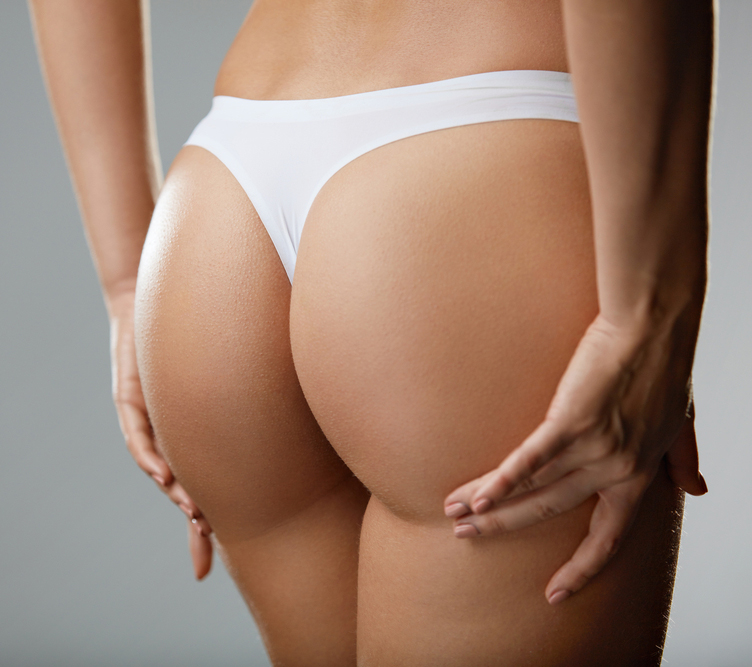
Rhinoplasty Procedure
The decision to undergo any type of reconstructive surgery is accompanied by excitement as well as nervousness by both the individuals considering the surgery and their families. Initially, future participants in this predominately elective type of surgery seek to gain as great of understanding as possible about the process so that they can calm their nerves. Their research often concludes with a rudimentary understanding of the surgery that is further supplemented by a series of conversations with a medical professional.
This article seeks to provide those individuals seeking Rhinoplasty (reconstructive nose surgery) with a thorough understanding of what it is, how it can assist them, how to prepare for the procedure, what happens during the procedure, and what to do when it concludes. Together, this informative article is meant to provide readers with a general understanding of the intricacies involved with this procedure. As mentioned above, it is highly encouraged to supplement the knowledge obtained in this article with that of a certified medical professional.
Rhinoplasty Defined:
The symmetry of the human face has always been highly valued by society as the balance and proportion of one’s facial features are seen as factors in determining someone to be attractive. One of the most prominent features of the human face, the nose, provides the foundation for this sense of aesthetic balance and as a result is looked to frequently for reconstruction. The act of seeking out facial reconstruction involves the help of a qualified cosmetic surgeon, preferably one who has many years of experience and with whom you can relate. These individuals will assist you with reshaping and redefining your nose so that it more accurately represents the beauty you would like to feel.
In the medical field, this type of reconstructive surgery is known as Rhinoplasty, although many doctors have deemed it a “nose job” for the sake of not using complex medical jargon. As previously alluded to, a Rhinoplasty is a cosmetic procedure focused on reshaping and redefining the appearance and feel of one’s nose. While there are many reasons people elect to undergo this type of operation, some of those reasons include repairing fractures and other structural problems as well as simply seeking to have a nose that is more symmetrical.
How Rhinoplasty Helps Patients:
Rhinoplasty, as previously stated, seeks to restore the symmetrical nature of one’s facial features. While the act of undergoing this type of surgery is perhaps the biggest help for patients, the results they see are often worth much more than just going through the surgery itself. Many patients who have undergone this procedure report feeling more confident, outgoing, and happy about themselves. The benefits do not end at the emotional level, as many recipients of this procedure also experience easier breathing, which of course is a welcomed change for any individual!
How to Prepare for Rhinoplasty:
When preparing for Rhinoplasty surgery, individuals frequently seek out online resources, images, testimonials, and more. However, as is the case with most surgeries, you must meet with the individual who will be performing your procedure. This trained surgeon will be able to determine whether you are a viable candidate for the procedure while also sharing with you how this surgery could impact other portions of your day-to-day life. In order to prepare yourself for this conversation, consider the following factors:
- Medical History: The surgeon overseeing your procedure will review your previous medical history for other areas of concern such as diabetes and certain bleeding disorders. This is a vitally important step in your initial assessment, as complications from those conditions and others can severely impact your surgeon’s success. Additionally, your surgeon will seek out your rationale for pursuing the surgery as well as the goals you hope to obtain as a result. During your consultation, be sure to inform your surgeon about any medications you are currently taking as some medications can adversely impact the surgery as well.
- Physical Examination: Receiving a complete physical examination, which includes blood tests, is a normal occurrence in preparation for a Rhinoplasty surgery. In order to ensure familiarity with your nose, surgeons will need to inspect the skin around and inside your nasal cavity. Overall, the physical exam seeks to inform your doctor about your current nasal needs so that he or she may guide you towards appropriate solutions based upon your needs and motivations for the surgery.
- Photographs: There will be a portion of your consultation where your physician’s assistant will take photographs of your nose from different angles. While this may feel like a photo shoot, it is important that you do not wear makeup or other facial products that may impact the doctor’s ability to get a true understanding of your facial features. Your surgeon may also follow-up by placing these photographs into a computer program where he or she can manipulate the photos to show you what kind of results are possible as a result of surgery. This level of technology should help you understand the possibilities but do not assume what you see is exactly what you will get, after all, it is computer generated and the computer cannot account for what happens during a surgery.
- Discuss your Expectations. There are many signs you have found a great surgeon for your procedure and one of those is the person performing your surgery seeks to understand your motivations and expectations pertaining to the surgery fully. This individual will take the time to explain what Rhinoplasty can and cannot do for you. They will also do their best to calm your nerves while informing you about the intricacies of your surgery. The important part of this conversation revolves around your honesty. The more honest you are about your needs, the more able your doctor will be to help you.
The Rhinoplasty Procedure:
Initially, individuals seeking out Rhinoplasty often believe their procedure will be identical to their friend’s experience or what they have read about in online testimonials. While many aspects will be the same, it is important to underscore the fact that the each surgeon’s exact techniques will look slightly different based on a variety of factors, including initial anatomy, medical history, their medical training, and more. While there are several individual differences, there are some generalities to be made about the types of procedures that will be used and those are explained below:
Open Rhinoplasty
If you desire to reshape your nose significantly, your surgeon may opt to proceed with an “open” Rhinoplasty. During this type of surgery, the surgeon will make a small incision under the nasal tip, between your nostrils. This will allow them more complete access to your nasal structures so that they can reshape your nose in the manner you requested. As is the case with any reconstructive surgery, your surgeon will do their best to hide the incisions they have made within the natural curves of your nose so that they are not overtly obvious.
Closed Rhinoplasty
Upon concluding your consultation with your surgeon, if you feel you would like to proceed with a surgery where there will be little to no evidence a surgery ever took place, then you will likely wish to proceed with a “closed” Rhinoplasty. This approach dictates that incisions are positioned along the insides of your nasal cavity to avoid external scarring. While this may seem more appealing than the “open” Rhinoplasty initially, it is important to note that this type of surgery is difficult for doctors because they need to operate through narrow surgical openings where visibility is limited.
Making a Choice
Whether you decide to move forward with an open or closed Rhinoplasty surgery, your medical procedure is prone to complications just like any other. It is for this reason that it is highly advised you speak to your surgeon at multiple points prior to your surgery so that you have a full understanding of what each surgery can provide. Additionally, you may consider asking to see visual representations of what each surgery looks like, both during and after the operation. These images will likely give you the most complete picture with regard to what to expect.
Post Procedure Management:
Those individuals who have undergone a Rhinoplasty procedure can expect to experience a rather significant amount of swelling immediately upon regaining consciousness. Additionally, many patients experience a “stuffed” nose feeling that typically subsides within about a week to two weeks. The swelling from this surgery will also diminish significantly over the course of the first two weeks after your surgery.
While it is human nature to want to see immediate results, it is important to note that this type of surgery may not yield noticeable results until 12-24 months later. Therefore, it is important to practice patience as you await your perfected look to be shown upon your face. During this timeframe you will also be called into the hospital where the surgery was performed so that the attending surgeon can view how your nose is progressing, monitor for any infections, and discuss any concerns you may have.
Dr. Amjadi MD, DDS, FACS
Certified by the American Board of Plastic Surgeons
915 Gessner Rd #870
Houston, TX 77024
713-465-6198













